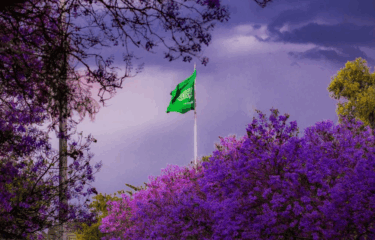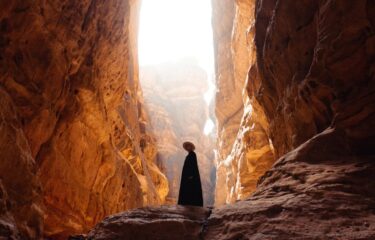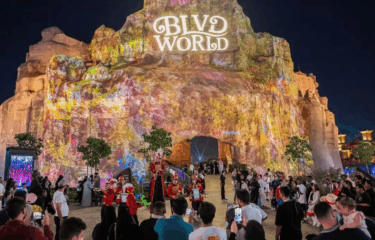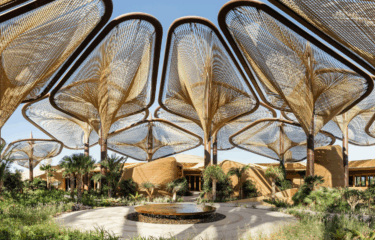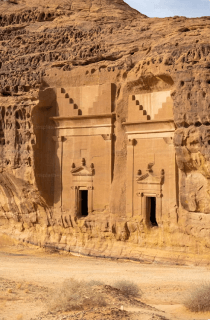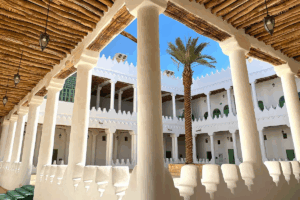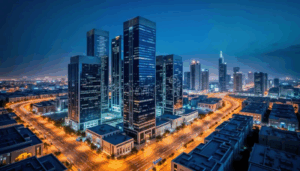There are places in this world where time doesn’t just pass, but it whispers, weaves, and lingers in every stone and grain of sand.
Saudi Arabia, long known for its deserts and dunes, is also a sanctuary of stories, ancient civilizations, royal courts, merchants’ tales, and sacred footsteps etched into the land like poetry carved in stone.
From the sun-scorched tombs of AlUla to the coral-laced balconies of Al-Balad, these top historical sites in Saudi Arabia 2025 aren’t just attractions, but they’re soul-stirring odysseys that connect modern travelers with millennia of memory, culture, and wonder.
In 2025, the Kingdom invites the world not only to witness its bold future but to walk through the portals of its past.
Each site is an artistic canvas of heritage painted by prophets, poets, warriors, and dreamers.
Whether you’re an art lover, a history buff, or a seeker of moments that move you, this journey will awaken your senses and deepen your love for the stories the desert still tells.
Let the Kingdom’s timeless wonders guide your steps, and here are the top 10 Must-Visit Historical Sites in Saudi Arabia for 2025!
Al-Hijr Archaeological Site (Madain Salih), AlUla
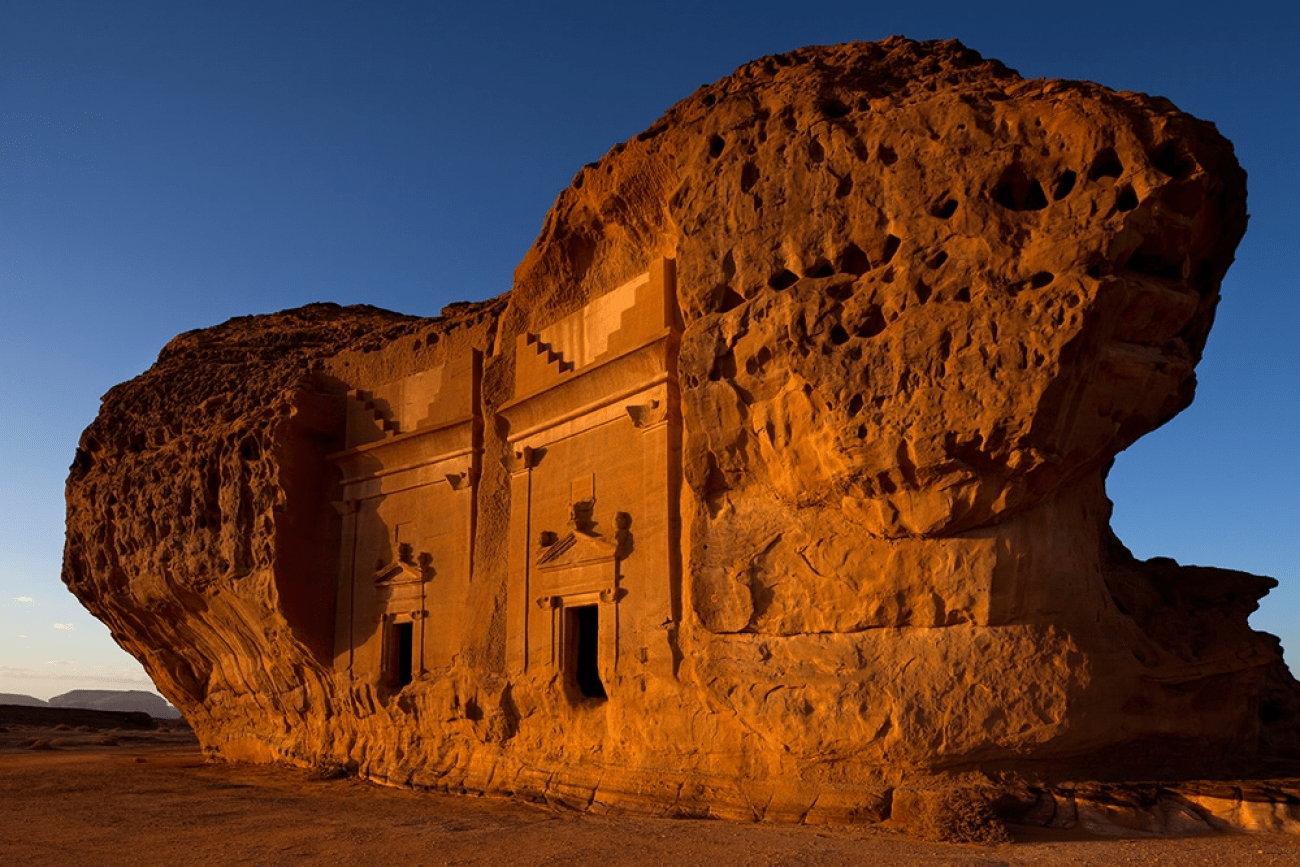
Present amidst the golden sands of AlUla, the Al-Hijr Archaeological Site, also known as Madain Salih or Hegra, stands as a testament to the ancient Nabataean civilization.
Recognized as Saudi Arabia’s first UNESCO World Heritage Site in 2008, Hegra boasts over 100 monumental tombs carved into sandstone outcrops, each adorned with intricate facades reflecting a blend of Nabataean and Greco-Roman architectural styles.
Visitors can explore the well-preserved tombs, including the famed Qasr Al-Farid, known for its solitary grandeur and unfinished facade. The site’s ancient inscriptions and rock art offer insights into the rituals and daily lives of its inhabitants, making it a breathtaking destination for history enthusiasts.
Beyond its historical significance, Al-Hijr’s serene desert landscape, punctuated by dramatic rock formations, provides a picturesque backdrop for reflection and exploration.
As part of the broader AlUla region, the site contributes to Saudi Arabia’s vision of promoting cultural tourism and preserving its rich heritage.
At-Turaif District in Diriyah
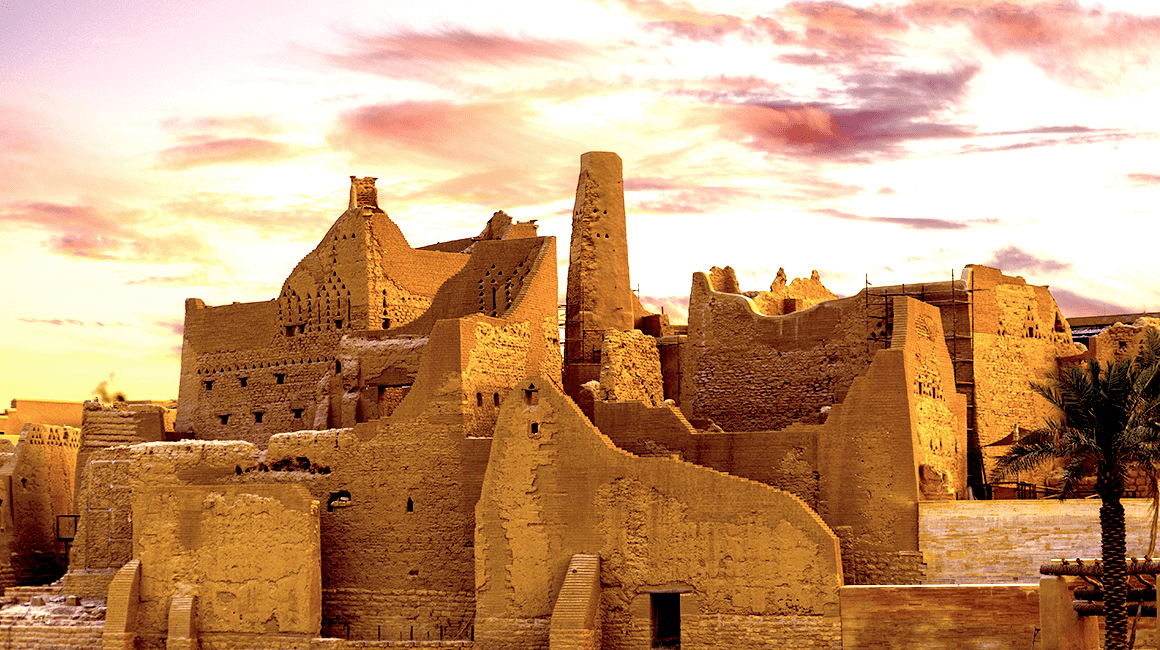
Located on the outskirts of Riyadh, the At-Turaif District in Diriyah is a cradle of Saudi history. Established in the 15th century, it served as the original home of the Saudi royal family and the first capital of the Saudi Dynasty.
The district showcases the distinctive Najdi architectural style, characterized by mud-brick structures and intricate geometric designs.
Visitors can wander through the restored palaces, mosques, and marketplaces, gaining a deeper understanding of the region’s cultural and political evolution. As a UNESCO World Heritage Site, At-Turaif stands as a symbol of Saudi Arabia’s commitment to preserving its historical landmarks.
The ongoing restoration efforts aim to transform the district into a vibrant cultural hub, offering immersive experiences that bridge the past and present.
The Historic Jeddah (Al-Balad)
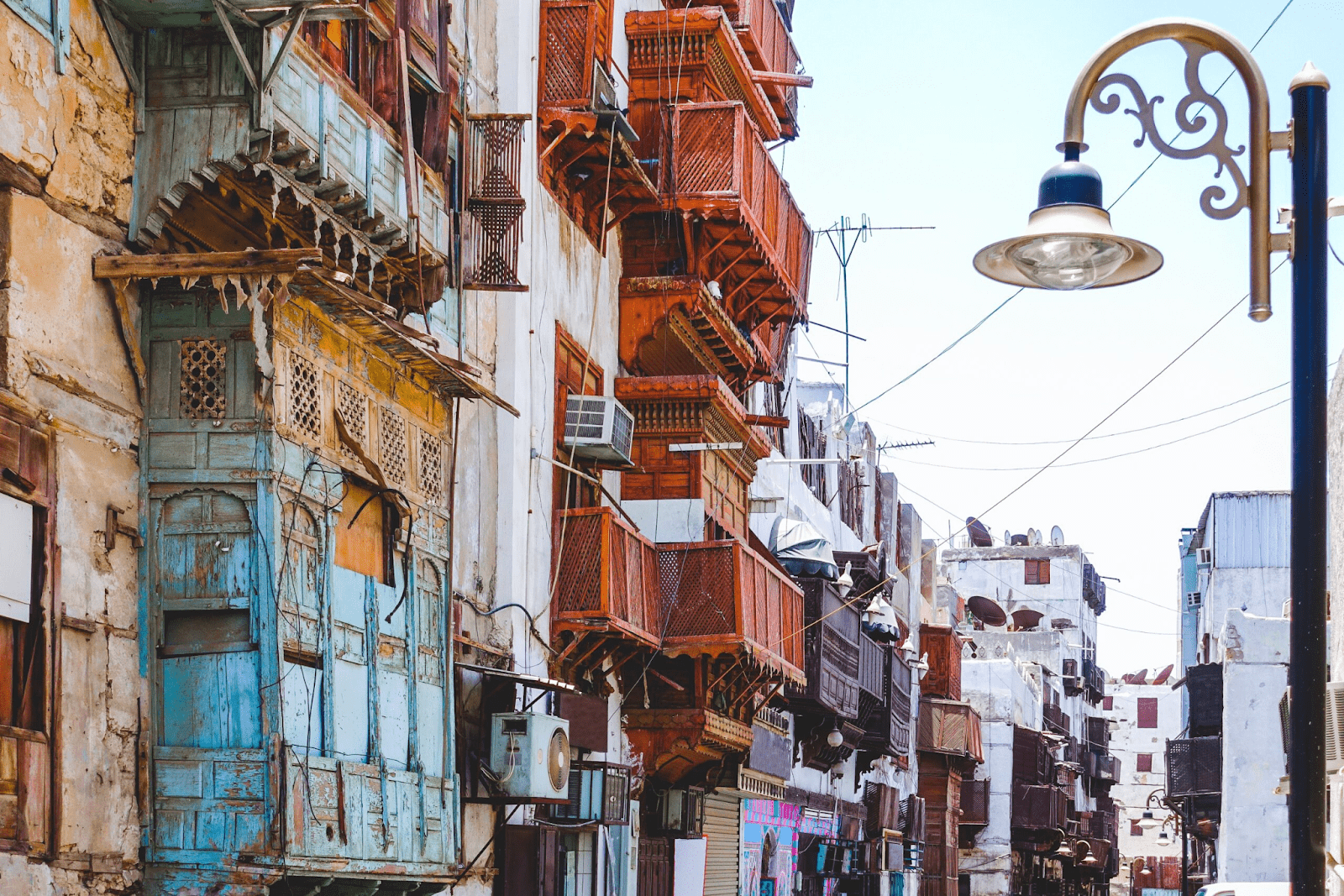
Al-Balad, the historic heart of Jeddah, offers a glimpse into the city’s rich past as a vital port and gateway for pilgrims traveling to Mecca. Established in the 7th century, the district is renowned for its coral-stone buildings adorned with wooden latticework, known as “Rawasheen.”
Strolling through Al-Balad’s narrow alleys reveals a thread of bustling souks, ancient mosques, and traditional homes, each narrating stories of trade, culture, and community. The district’s unique blend of architectural influences reflects Jeddah’s historical role as a converging pot of cultures.
Recognized as a UNESCO World Heritage Site, Al-Balad is undergoing revitalization efforts to preserve its heritage while fostering a dynamic cultural scene.
Visitors can experience the district’s vibrant atmosphere, where history and modernity collide harmoniously.
Al-Ahsa Oasis
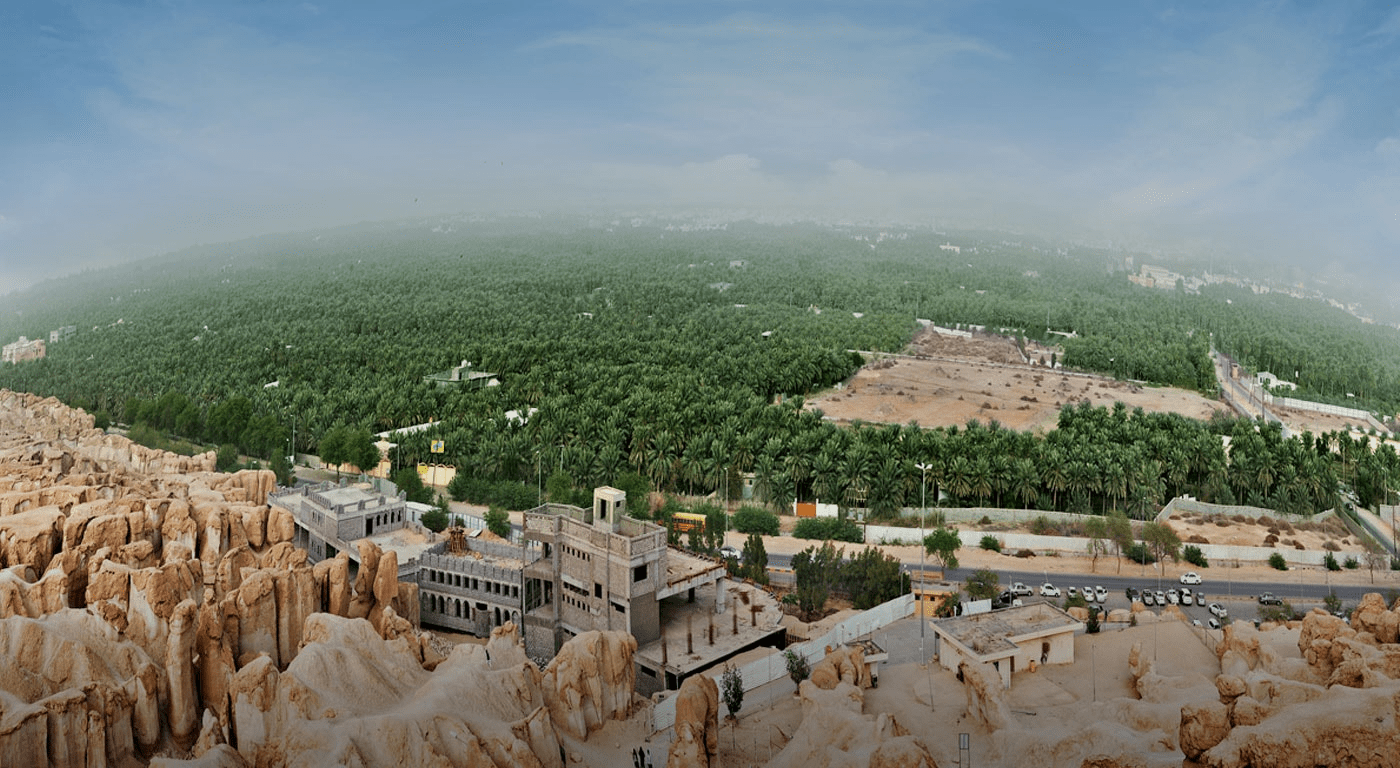
Spanning over 8,500 hectares, Al-Ahsa Oasis in eastern Saudi Arabia is the world’s largest oasis, home to more than 2.5 million date palms. This verdant expanse has supported human settlement for millennia, offering a unique blend of natural beauty and cultural heritage.
The oasis encompasses a network of gardens, canals, springs, and historic sites, including ancient fortresses and mosques. Its sophisticated irrigation systems and sustainable agricultural practices highlight the ingenuity of its inhabitants across centuries.
Designated as a UNESCO World Heritage Site, Al-Ahsa Oasis serves as a living testimony to the harmonious relationship between humans and nature.
Visitors can immerse themselves in its tranquil landscapes, explore traditional markets, and savor the region’s renowned dates.
Rock Art in the Hail Region
The Hail Region, located in northwestern Saudi Arabia, is home to some of the world’s most significant rock art sites. The petroglyphs at Jabal Umm Sinman in Jubbah and Jabal al-Manjor and Raat at Shuwaymis depict scenes of hunting, dancing, and daily life, dating back over 8,000 years.
These ancient carvings provide invaluable insights into the prehistoric cultures that once thrived in the Arabian Peninsula. The artworks’ remarkable preservation offers a window into the spiritual and social practices of early human societies.
Recognized as a UNESCO World Heritage Site, the rock art of the Hail Region underscores Saudi Arabia’s rich archaeological heritage.
Visitors can embark on guided tours to explore these open-air galleries, set against the backdrop of the region’s striking desert landscapes.
Hima Cultural Area
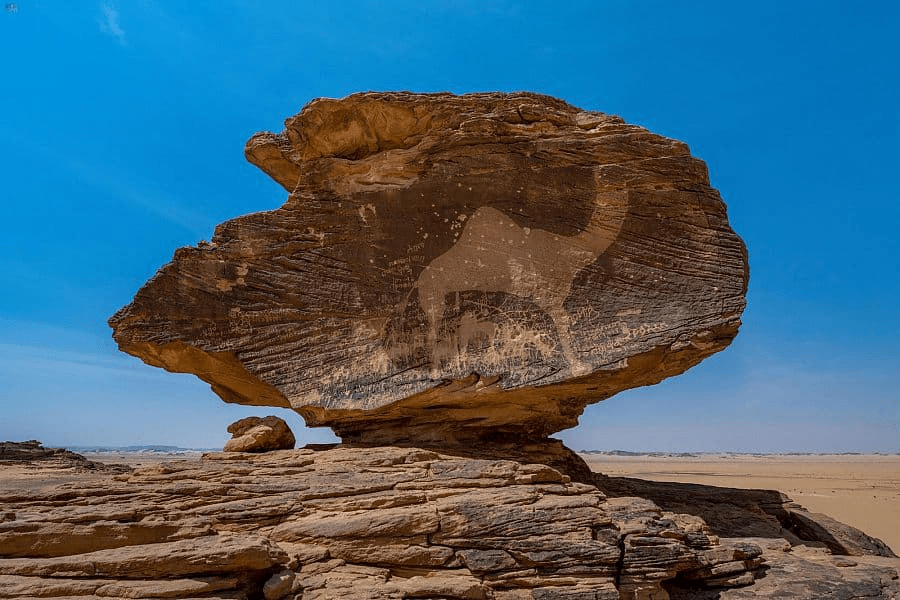
Situated along ancient caravan routes in southwestern Saudi Arabia, the Hima Cultural Area is a treasure trove of rock inscriptions and petroglyphs. The site features thousands of carvings depicting human figures, animals, and symbols, some dating back over 7,000 years.
Hima’s strategic location made it a vital stop for travelers and traders, who left behind a rich wonder of artistic expressions.
The site’s inscriptions, rendered in various ancient scripts, offer a glimpse into the linguistic and cultural diversity of the region’s past.
Designated as a UNESCO World Heritage Site, the Hima Cultural Area stands as a testament to the enduring human impulse to communicate and create.
Visitors can explore the site’s rugged terrain, uncovering stories etched in stone across millennia.
Ushaiqer Heritage Village
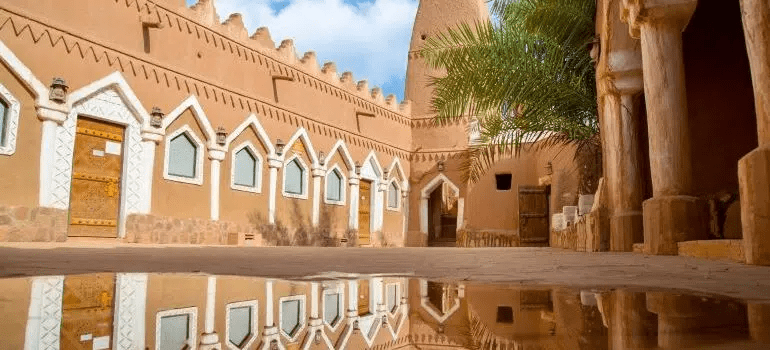
Located approximately 200 kilometers northwest of Riyadh, Ushaiqer Heritage Village is one of the oldest settlements in the Najd region. The village’s mud-brick architecture, narrow alleys, and traditional homes offer a vivid portrayal of Saudi Arabia’s rural heritage.
Historically, Ushaiqer served as a key stop for pilgrims traveling to Mecca, fostering a vibrant community enriched by diverse cultural exchanges.
Today, the village has been meticulously restored, featuring museums, guesthouses, and cultural centers that celebrate its storied past.
Visitors can immerse themselves in the village’s tranquil ambiance, engaging with local artisans, sampling traditional cuisine, and experiencing the warmth of Najdi hospitality. Ushaiqer stands as a living museum, preserving the rhythms and textures of a bygone era.
Masmak Fortress, Riyadh
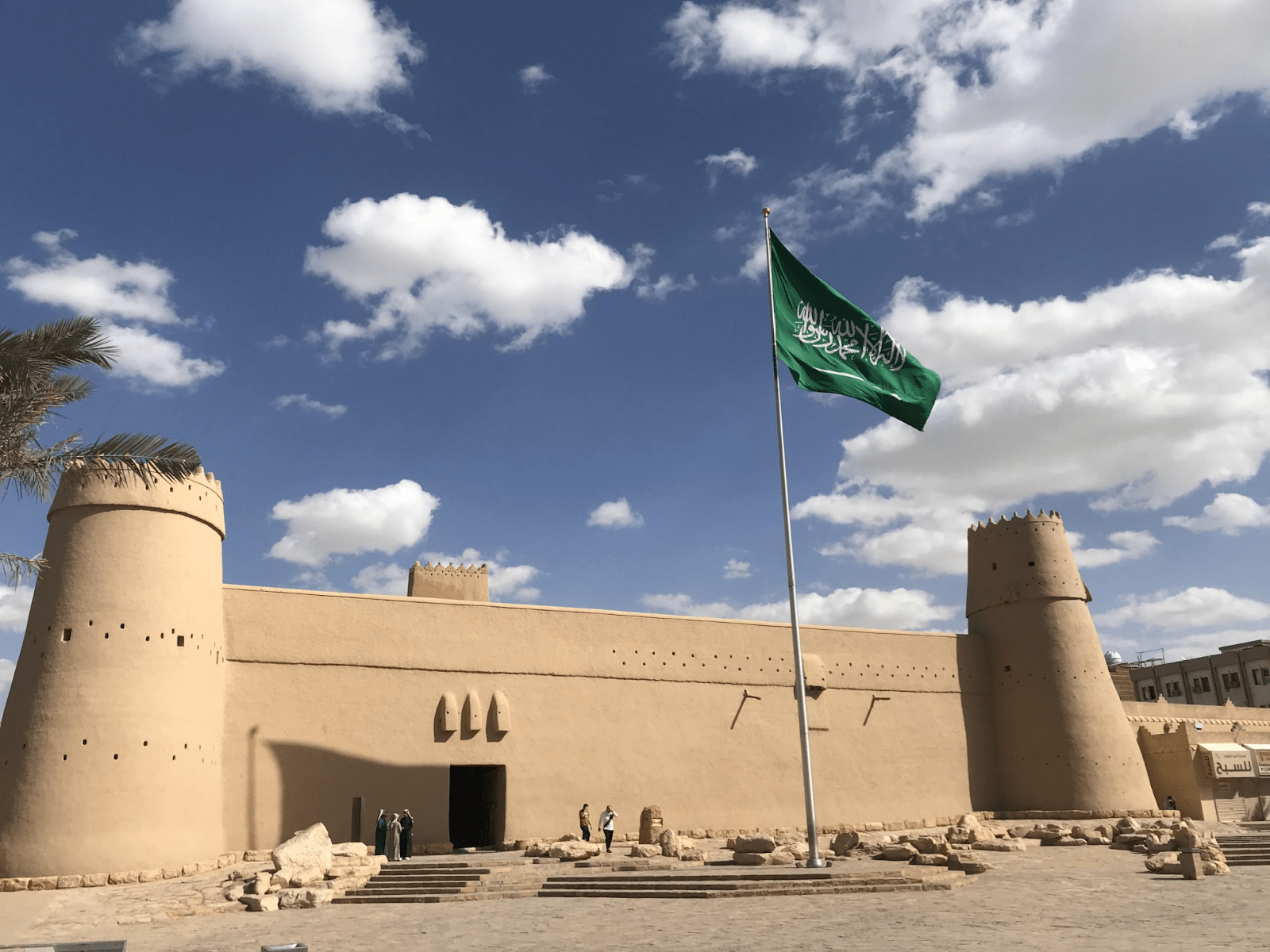
In the heart of Riyadh’s old quarter stands the Masmak Fortress, a symbol of Saudi Arabia’s unification and resilience.
Constructed in 1865, this mud-brick fort played a pivotal role in the 1902 Battle of Riyadh, led by King Abdulaziz Al Saud.
The fortress’s thick walls, watchtowers, and wooden gates evoke the architectural style of the Najd region. Inside, visitors can explore exhibits showcasing historical artifacts, photographs, and narratives that chronicle the kingdom’s formation.
As a preserved national monument, the Masmak Fortress offers a compelling journey into Saudi Arabia’s modern history. Its central location makes it an accessible and enriching destination for those seeking to understand the nation’s roots.
Murabba Palace, Riyadh
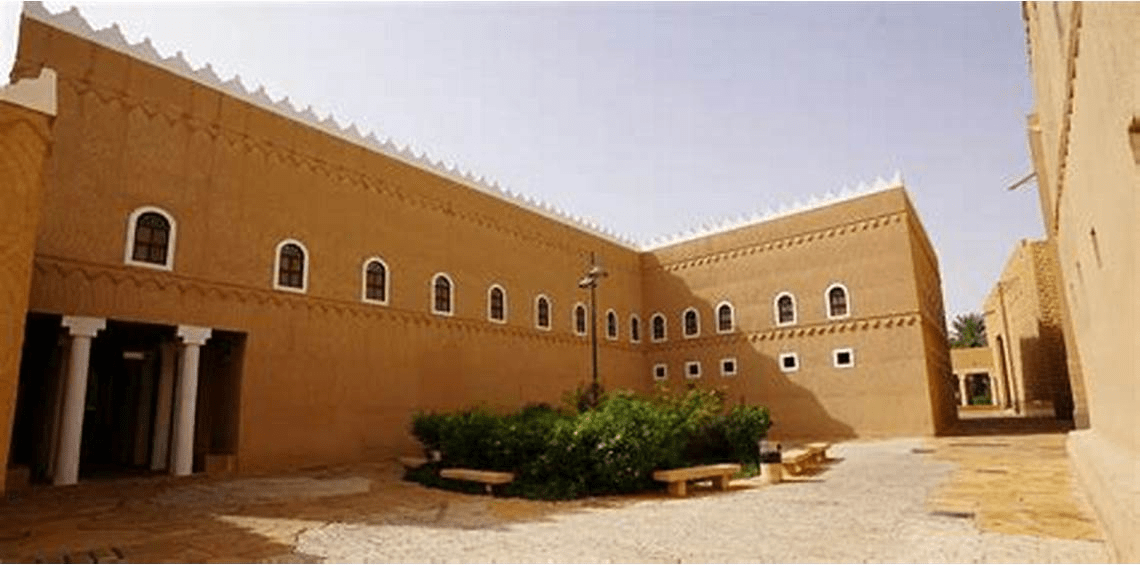
Adjacent to the King Abdulaziz Historical Center, the Murabba Palace is a striking example of early 20th-century Saudi architecture. Built in 1937, the palace served as the royal residence and administrative headquarters during King Abdulaziz’s reign.
The two-story structure features a blend of traditional Najdi design and modern elements, reflecting the kingdom’s transition into a new era. Visitors can tour the palace’s various rooms, including the king’s office, reception halls, and private quarters, each furnished to reflect the period’s aesthetics.
Murabba Palace presents Saudi Arabia’s journey towards modernization, offering insights into the personal and political life of its founding monarch. The surrounding gardens and museums further enrich the visitor experience, making it a cultural cornerstone in Riyadh.
Discover The Saudi Heritage
As you chart your travels across the Kingdom in 2025, remember that Saudi Arabia is more than just a destination.
These top historical sites in Saudi Arabia 2025 offer more than just architectural marvels and Instagram-worthy backdrops. They offer a connection to land, to lineage, to the resilient human spirit that shaped these very stones. They invite you to walk where kings ruled, traders bartered, pilgrims prayed, and artists carved their truths into rock and time.
From the mystical petroglyphs of Hail to the golden courtyards of Diriyah, each site is a living museum breathing with the rhythm of Arabia’s past, rising into its future. And as Saudi Arabia opens its arms wider to the world, these places remind us that beauty isn’t just in what we see, but in the depth of what we feel.
So go and get lost in its stories, taste the silence of ancient winds, and let history move you. Because in the heart of Saudi Arabia, the past is not forgotten. It’s waiting!
FAQs
What are the top historical sites in Saudi Arabia to visit in 2025?
The top historical sites include Al-Hijr Archaeological Site (Madain Salih), At-Turaif District in Diriyah, Historic Jeddah (Al-Balad), Al-Ahsa Oasis, Rock Art in the Hail Region, Hima Cultural Area, Ushaiqer Heritage Village, Masmak Fortress, Murabba Palace, and Jubbah Rock Carvings.
Are these historical sites accessible to international tourists?
Yes, Saudi Arabia has been enhancing its tourism infrastructure, making these sites more accessible to international visitors. It’s advisable to check visa requirements and local guidelines before planning your visit.
What is the best time of year to visit these historical sites?
The cooler months, from October to March, are ideal for exploring Saudi Arabia’s historical sites, offering pleasant weather.
Are guided tours available at these historical locations?
Many of these sites offer guided tours led by knowledgeable local guides who provide in-depth historical context and insights.
How can I ensure the preservation of these sites during my visit?
Visitors are encouraged to respect the sites by not touching or defacing any artifacts, following designated paths, and adhering to guidelines provided by site authorities to help preserve.
Follow us on Instagram for daily travel inspiration and untold stories from the Kingdom. Want more? Explore more experiences and stories in our History and Heritage category.
This article is brought to you by Soul of Saudi — a Saudi travel blog dedicated to uncovering the heart and soul of the Kingdom.


